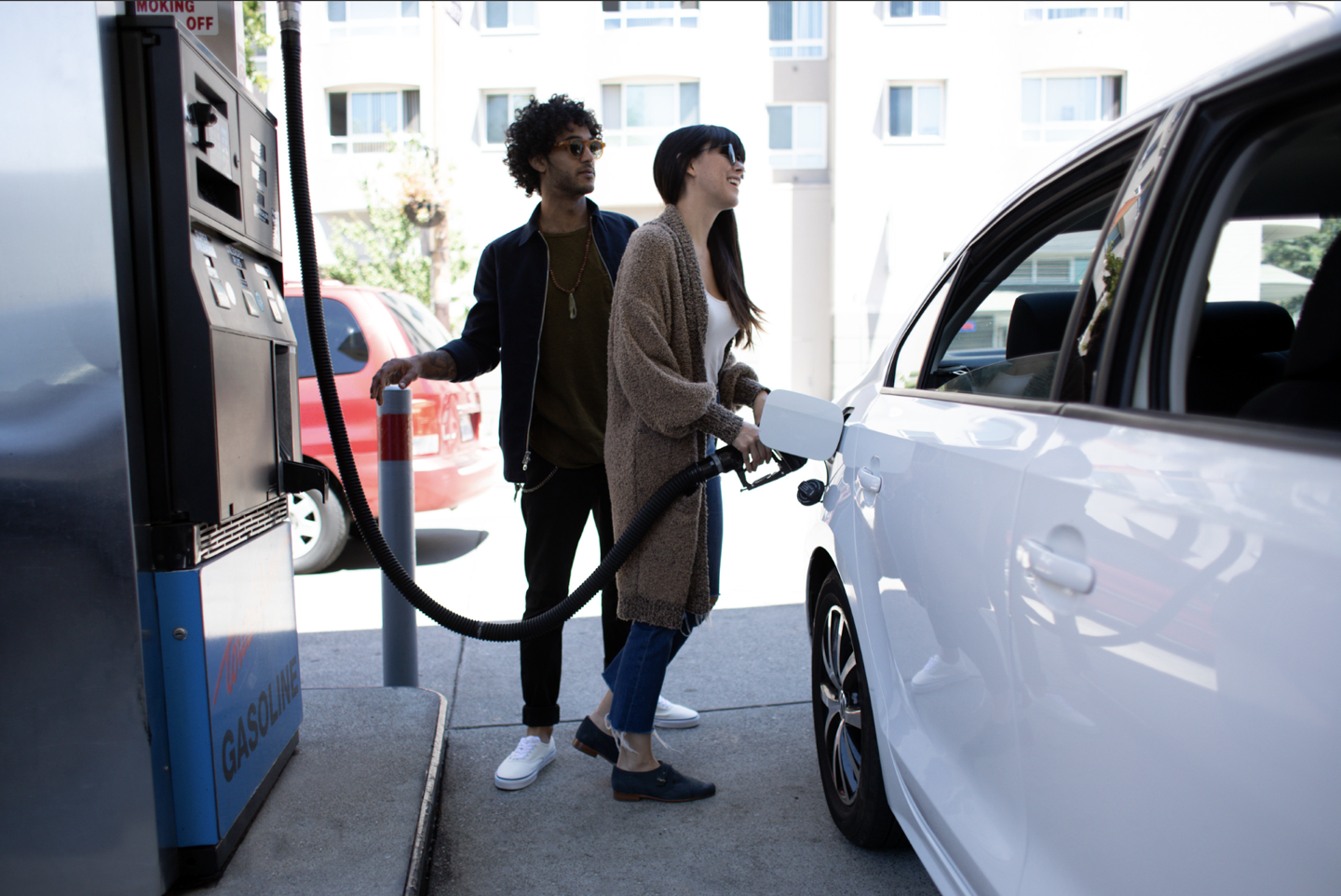Can comprehensive coverage be worth it? Short answer, yes
October 25, 2022
Comprehensive coverage on a car insurance policy can feel vague, unclear, and maybe even a little confusing. Between deductibles, claims and Liability coverage—it all can leave you asking, “What?”
To make things more straightforward, our insurance team at HiRoad is answering six frequently asked questions that circulate the internet on the subject of Comprehensive car insurance coverage.
1. What does Comprehensive coverage mean?
Simply put, Comprehensive coverage is physical damage coverage on an insurance policy. It can cover certain damages that don’t involve a collision (being hit by or crashing into another vehicle).
2. What does Comprehensive car insurance cover?
Comprehensive coverage, which
should already exist on your insurance policy, can apply in a variety of scenarios, but some of the more common claims for Comprehensive include:Fire
Total or partial theft
- Hitting or being hit by a bird or animal
Flood
In most cases, Comprehensive may also help cover the cost of a broken or chipped windshield. To get more specific about this topic, we strongly recommend talking with your car insurance company and/or reviewing your policy.
3. How does Comprehensive coverage work?
Before Comprehensive coverage can potentially help you, you first need to have it selected on your policy before any potential loss. With that coverage active on your policy, when an accident (that falls within the list we mentioned) happens, you’ll file a claim with your car insurance.
An important caveat to Comprehensive coverage is the deductible. When you select Comprehensive coverage and add it to your policy, you will also select a deductible amount. This is the amount of money you’re responsible for paying at the time of a claim. Once your deductible is met and paid, your insurer will help cover the remaining cost of damage and/or repairs.
4. What is the difference between Comprehensive and Collision?
One of the more common questions we see and hear at HiRoad is, “What’s the difference between Comprehensive and Collision car insurance coverage?”
The biggest difference between both of these coverages is the types of losses they protect. As a reminder, Comprehensive covers losses that aren't a collision. Collision is a loss that is caused by hitting or being hit by another car, as well as hitting an inanimate object like a tree, house or pole.
5. What does Comprehensive deductible mean?
A deductible, as it relates to Comprehensive coverage, is the amount you’re responsible for paying in the event of a claim. You are also expected to pay the deductible before your car insurance pays anything toward repairs or damages.
As you determine your policy coverages, you’ll be able to select the deductible amount. Remember, this is what you are responsible for paying. There are many options for deductible amounts, with the most common deductible being $500.
However, say you experience an incident and accidentally hit a bird on the highway. After assessing the damage, you notice that the cost to repair it is lower than your deductible amount. In this situation, you’ll pay out of pocket for the repairs because the damage doesn’t exceed your deductible amount.
Car insurance can be personal, tailored to who you are and your needs to be there for you when the unexpected happens. A deductible is the same way. The deductible amount you select on your policy is personal to you—determined by what you’re able to afford in the event of a claim.
If you’re unsure of what deductible amount to select on your policy, speak with your car insurance company. At HiRoad, our Customer Care team is always willing to have a chat and discuss what works best for you.
Is comprehensive coverage worth it?
Having Comprehensive coverage on your car insurance policy can be worth it. Because car insurance is a personal decision, we want to leave you with as much information as possible to make not only a personal decision but an informed decision.
Even though not having Comprehensive coverage sounds ideal and a money-saver, have you thought about the what-if? With the cost of vehicles reaching all-time highs in 2022—advancing technology, electric cars and inflation are key influences—you may want to ask yourself if you could afford damages to your vehicle or replace it, in the event of a claim.
While the cost of your premium may go up slightly, you can save quite a bit when your insurance is there to help financially in times of need. Plus, with an insurance company that utilizes the power of telematics—you can save more in the moment instead of waiting for the what-if to see the benefit of having car insurance.
At HiRoad, we are a telematics-based car insurance company that uses the technology in your phone to recognize safe and good driving behavior—and reward you in monthly savings on your insurance bill.
Get coverage and start saving with your mindful driving at HiRoad.
The information in this article was obtained from various sources not associated with HiRoad®. While we believe it to be reliable and accurate, we do not warrant the accuracy or reliability of the information. HiRoad is not responsible for, and does not endorse or approve, either implicitly or explicitly, the content of any third party sites that might be hyperlinked from this page. The information is not intended to replace manuals, instructions or information provided by a manufacturer or the advice of a qualified professional, or to affect coverage under any applicable insurance policy. These suggestions are not a complete list of every loss control measure. HiRoad makes no guarantees of results from use of this information.
Stay on the path
Get HiRoad in your inbox
Share your email to get the latest about our community of mindful drivers.



